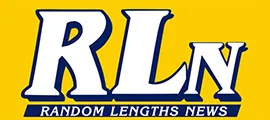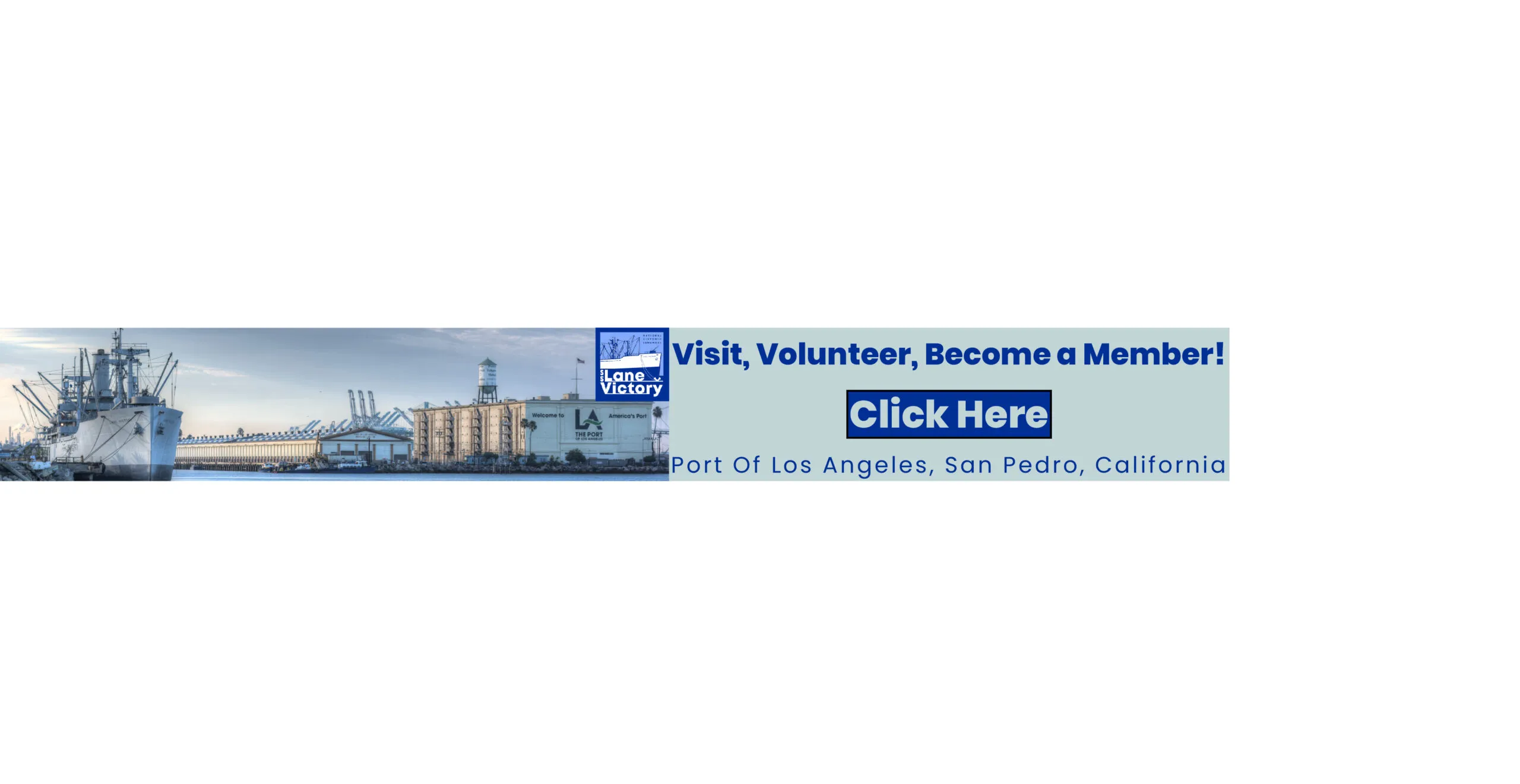By Jesse N. Marquez, Founder of Communities for a Safe Environment
On Friday, August 2, the South Coast Air Quality Management District will vote on the proposed Freight Rail Yard Rule PR2306 to reduce Nitrogen Oxide (NOx) air pollution at freight rail yards and from freight cargo trucks servicing rail yards. The new rule would apply to all existing and future freight rail yards.
The rule applies to all freight rail operations, including containerized and non-containerized freight; empty containers and chassis, which are loaded and unloaded from railcars for transportation to and from a location outside of the freight rail yard by locomotive operated by the freight rail yard operator The rule applies to freight going to Intermodal Rail Yards and Classification Yards as well.
Environmental, public health, community, neighborhood, and homeowner stakeholders will be attending to speak in support of the new proposed Freight Rail Yard Rule and to demand additional rail yard air pollution source reductions. The stakeholders will be making additional demands such as including off-site, near railyard track staging areas; locomotive-rail car maintenance, testing, and repair facilities; on-site fuel storage tanks, fueling stations, fuel truck parking, standby-backup power generator, and paint booths. The railroad industry and its industry supporters oppose the new rule.
The California Health and Safety Code already broadly authorizes the implementation of measures that “reduce or mitigate” emissions from indirect sources. The only state law limitation on such regulation is a prohibition on requiring permits for an indirect source. See 76 Ops. Cal. Atty. Gen. 11 (Mar. 11, 1993). The Clean Air Act does not limit the scope of an indirect source rule adopted by a state, as confirmed by the California Attorney General Opinion and Health and Safety Code section 40716.
The implementation of the new freight yard rule will also meet the requirement for districts in extreme nonattainment to consider all feasible measures that have been implemented in other areas to meet state standards.
The district may adopt rules to reduce emissions from sources that affect public health. One of the duties imposed upon the district is the duty to enforce Health and Safety Code section 41700. That section provides:
“Except as otherwise provided in section 41705, no person shall discharge from any source whatsoever such quantities of air contaminants or other material which cause injury, detriment, nuisance or annoyance to any considerable number of persons or to the public, or which endanger the comfort, repose, health or safety of any such persons or the public, or which cause, or have a natural tendency to cause, injury or damage to business or property.”
The new rule establishes NOX Emission Reduction Targets which will begin in 2027 and end in 2050. The Coalition For a Safe Environment (CFASE) is against the proposed 23-year-long implementation schedule and any fossil fuel locomotive or switcher and is requesting a compliance end date of 2040 because Zero Emissions Technology (ZET) exists today to replace over 95% of all locomotives, switchers, cargo handling equipment, drayage freight trucks, transportation refrigeration units, and power.
CFASE conducted a study of available Zero Emission Locomotives and Switchers and discovered that there are currently 14 manufacturers of Zero Emission Locomotives, Switchers, and Freight Carrier Vehicles. These are divided into four Zero Emission Technology categories: Electric Battery, Overhead Wire Catenary, Hydrogen Fuel Cell Power, and Magnetic Levitation (Maglev).
The rule will now require four types of annual reports:
- Initial Facility Information Report
- Initial Zero Emission Infrastructure Report
- Milestone Year Compliance Report
- Zero Emission Infrastructure Status Update Report
CFASE opposes two exemptions included in the rule because they can be high air pollution sources close to Wilmington, San Pedro, and West Long Beach:
- An Intermodal Rail Yard located on a dock at a Marine Terminal within the Long Beach
Harbor District or the Los Angeles Harbor District (Harbor Districts); or
- A Freight Rail Yard that is not an Intermodal Rail Yard and where the Freight Rail Yard Operations are solely to move Railcars to and/or from Marine Terminal(s) located within the Harbor Districts.
We support the new AQMD Rule 2306 because of the Public Health Benefits:
NOX – contributes to serious respiratory illnesses such as asthma, chronic bronchitis, aggravation of pre-existing heart disease, and leads to premature death.
PM2.5 (particulate matter of 2.5 micrometers)- is matter small enough to penetrate the sensitive and deep parts of the lung causing respiratory diseases like asthma, emphysema, acute bronchitis, and lung disease. Prenatal exposure was associated with an increased risk of cerebral palsy in children and increased premature death.
We support the new AQMD Rule 2306 because it allows the recovery of costs.
The state Health and Safety Code provides for the recovery of costs of regulation from indirect sources, such as the freight rail yards in this case. State law does not include a definition of “indirect source” but there is a definition in federal law as a “facility, building, structure, installation, real property, road, or highway which attracts, or may attract, mobile sources of pollution.” Clean Air Act Section 110(a)(5)(C). Freight rail yards are facilities that attract several types of mobile sources and thus are “indirect sources.”
State law provides that “the south coast district may adopt, by regulation, a schedule of fees to be assessed on areawide or indirect sources of emissions which are regulated, but for which permits are not issued, by the south coast district to recover the costs of district programs related to those sources.” Health & Safety Code Section 40522.5.
Readers can attend the August 2 AQMD meeting in Diamond Bar at 9 am, attend the virtual meeting, or write and submit a public comment letter to the AQMD by July 30, 2024, telling the AQMD Board that you support Rule 2306.
Details: https://tinyurl.com/freight-railyard-rule2306



